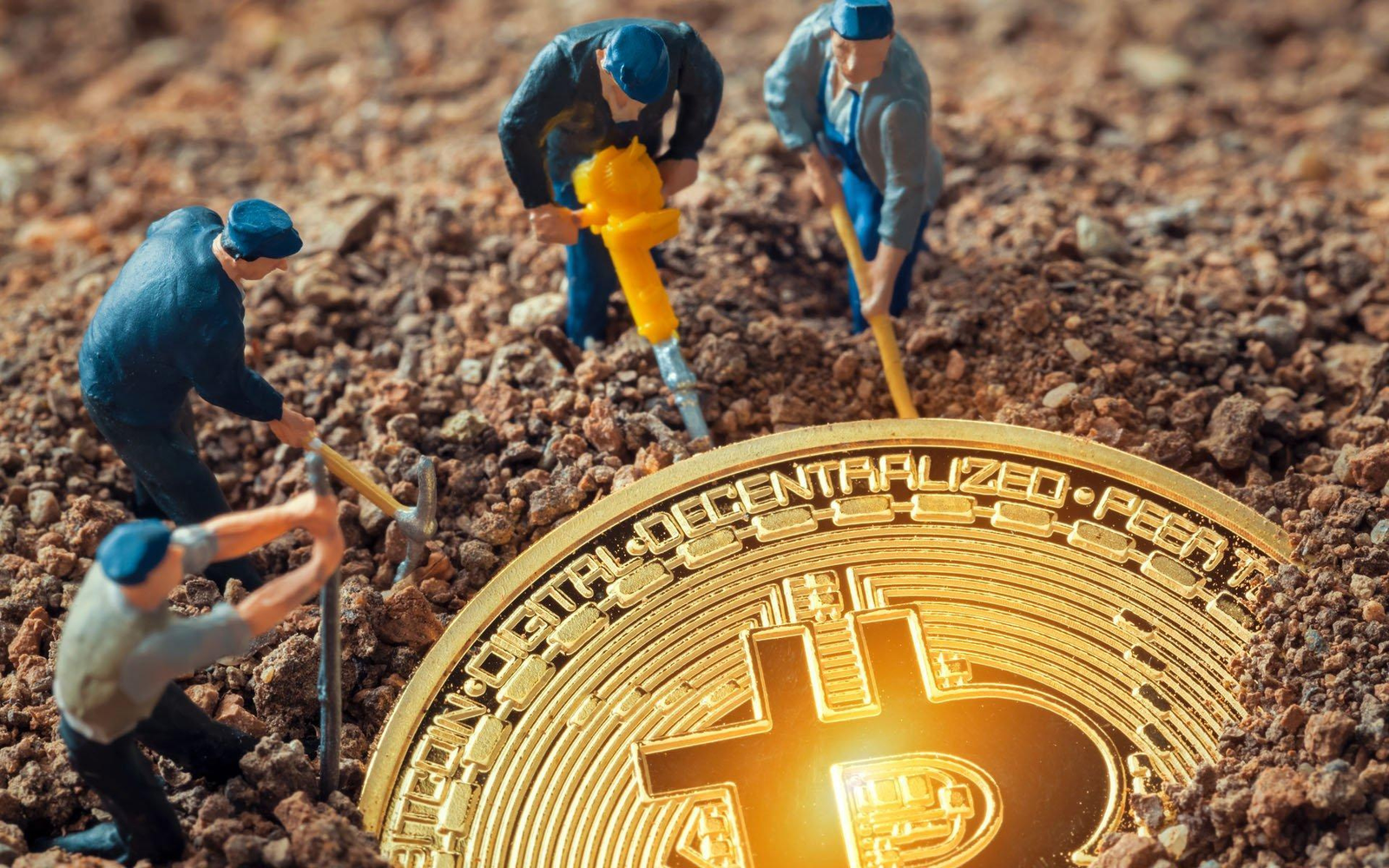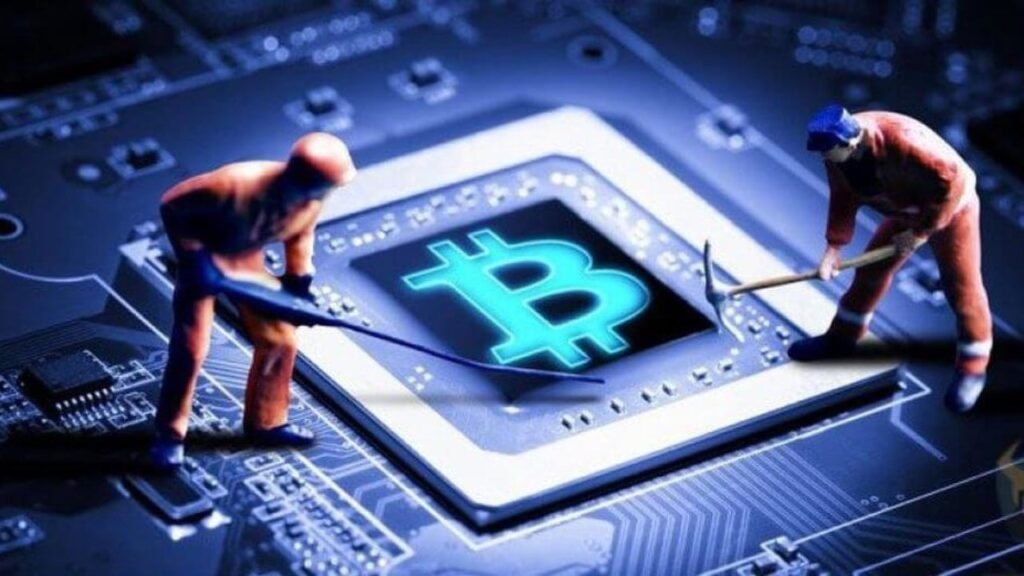A Bitcoin mining rig can be one of the most rewarding investments in the cryptocurrency world, but only if you know what you’re doing. This comprehensive guide to setting up a Bitcoin mining rig will walk you through every step of building a profitable mining operation from scratch. Whether you’re a complete beginner or looking to optimize your existing setup, understanding the fundamentals of mining rig construction is crucial for success. The bitcoin mining industry has undergone significant evolution, with new hardware, software, and strategies emerging regularly. In this guide, we’ll cover everything from selecting the right ASIC miners to optimizing your power consumption and maximizing your return on investment.
Understanding Bitcoin Mining Fundamentals
Before diving into the technical aspects of building your mining rig, it’s essential to understand how Bitcoin mining works. Bitcoin mining is the process of validating transactions on the Bitcoin network by solving complex mathematical problems. Miners compete to solve these puzzles, and the first one to find the solution receives a reward in bitcoin.
The mining process requires specialized hardware known as Application-Specific Integrated Circuits (ASICs), which are designed specifically for Bitcoin mining. These machines perform trillions of calculations per second, measured in hash rate (typically expressed in terahashes per second or TH/s).
Mining difficulty adjusts approximately every two weeks to maintain a consistent block time of around 10 minutes. As more miners join the network, the difficulty increases, requiring more computational power to remain profitable.
Essential Components for Your Bitcoin Mining Rig Setup

ASIC Mining Hardware Selection
The heart of any Bitcoin mining operation is the ASIC miner. Popular models in 2025 include the Antminer S21 series, the Whatsminer M60 series, and newer generation miners that offer improved efficiency and hash rates.
Key specifications to consider when selecting ASIC miners:
Hash Rate Performance: Look for miners offering at least 100 TH/s for competitive mining. Higher hash rates increase your chances of earning block rewards, but also consume more power.
Power Efficiency: Measured in watts per terahash (W/TH), efficiency determines your electricity costs. Modern miners achieve efficiency ratings between 1 nd 25 W/TH.
Initial Investment Cost: Balance the upfront cost with expected profitability. More expensive miners often offer better efficiency and longer operational lifespans.
Manufacturer Reputation: Select established manufacturers with reliable warranty support and readily available spare parts.
Power Supply and Electrical Requirements
Proper power management is crucial for a successful mining operation. ASIC miners typically require 3000-3500 watts of power, necessitating robust electrical infrastructure.
Power Supply Units (PSUs): Use high-efficiency PSUs rated 80 Plus Gold or better. Server-grade PSUs offer better reliability for continuous operation.
Electrical Panel Upgrades: Most residential electrical panels require upgrades to handle multiple mining rigs. Consider 240V connections for improved efficiency.
Circuit Protection: Install appropriate breakers and surge protection devices to prevent electrical damage.
Cooling and Ventilation Systems
ASIC miners generate significant heat and noise, requiring adequate cooling solutions:
Ambient Temperature Control: Maintain operating temperatures below 35°C (95°F) for optimal performance and longevity.
Ventilation Design: Create airflow paths that remove hot air efficiently while bringing in cool air.
Fan Configuration: Utilize industrial-grade exhaust fans to manage heat dissipation effectively.
Step-by-Step Bitcoin Mining Rig Setup Guide
Phase 1: Planning and Preparation
Start by calculating your expected profitability using mining calculators that factor in electricity costs, hardware expenses, and current bitcoin prices. Determine your available space, electrical capacity, and budget constraints.
Research local regulations regarding cryptocurrency mining, as some jurisdictions have restrictions or require special permits for commercial mining operations.
Phase 2: Infrastructure Setup
Location Selection: Select a location with sufficient ventilation, adequate electrical capacity, and noise tolerance. Basements, garages, and dedicated mining facilities are popular choices.
Electrical Installation: Have a qualified electrician install dedicated circuits for your mining equipment. Each ASIC miner typically requires a 20-amp circuit.
Network Connectivity: Ensure reliable internet connectivity with sufficient bandwidth to support your needs. Mining operations require minimal bandwidth but need consistent connectivity.
Phase 3: Hardware Installation and Configuration
Physical Setup: Mount your ASIC miners on sturdy shelving units with adequate spacing for airflow. Ensure easy access for maintenance and monitoring.
Network Configuration: Connect each miner to your network using Ethernet cables. Configure static IP addresses for easier management and administration.
Mining Pool Selection: Choose a reputable mining pool with competitive fees and reliable payouts. Popular options include Antpool, F2Pool, and Slush Pool.
Software Configuration: Access each miner’s web interface to configure mining pool settings, worker names, and monitoring parameters.
Optimizing Your Mining Rig Performance
Power Management Strategies
Implement power monitoring systems to track energy consumption and identify opportunities for optimization. Consider time-of-use electricity rates to mine during cheaper periods.
Load Balancing: Distribute power consumption across multiple circuits to prevent overloading.
Efficiency Monitoring: Track power consumption per terahash to identify underperforming units.
Thermal Management Solutions
Proper cooling extends hardware lifespan and maintains optimal performance:
Temperature Monitoring: Install temperature sensors throughout your mining facility to identify areas of high temperature.
Seasonal Adjustments: Adjust cooling strategies according to ambient temperature fluctuations throughout the year.
Maintenance Scheduling: Regular cleaning of miners and cooling systems prevents performance degradation.
Financial Considerations and ROI Calculations
Initial Investment Breakdown
Calculate total startup costs, including hardware, electrical work, cooling systems, and facility modification—factor in shipping costs, taxes, and potential customs duties for international purchases.
Hardware Costs: Budget $2,000-$5,000 per ASIC miner, depending on specifications and market conditions.
Infrastructure Costs: Electrical upgrades, cooling systems, and facility modifications can range from $ 5,000 to $20,000.
Operational Expenses: Include electricity costs, internet service, maintenance supplies, and potential repairs.
Profitability Analysis
Use mining profitability calculators to estimate returns based on current network difficulty, bitcoin price, and your operational costs. Consider various scenarios, including fluctuations in the bitcoin price and adjustments to the mining difficulty.
Break-even Timeline: Most mining operations achieve break-even within 1 to -24 months under favorable conditions.
Long-term Projections: Factor in hardware depreciation, increasing difficulty, and potential appreciation in the bitcoin price.
Maintenance and Troubleshooting Your Bitcoin Mining Rig

Preventive Maintenance Schedule
Regular maintenance ensures optimal performance and extends hardware lifespan:
Weekly Tasks: Monitor hash rates, temperatures, and power consumption. Check for error messages and connectivity issues.
Monthly Tasks: Clean dust from miners and cooling systems. Inspect electrical connections and replace worn components.
Quarterly Tasks: Update firmware, review profitability metrics, and plan capacity expansions.
Common Issues and Solutions
Overheating Problems: Check ventilation systems, clean heat sinks, and verify the operation of fans to prevent overheating issues.
Hash Rate Drops: Investigate network connectivity, pool configurations, and hardware health to identify potential issues.
Power Issues: Monitor voltage stability, check circuit capacity, and inspect electrical connections to ensure optimal performance.
Scaling Your Mining Operation
Expansion Strategies
As your mining operation becomes profitable, consider expansion opportunities:
Horizontal Scaling: Add more mining units to the existing infrastructure.
Vertical Integration: Explore opportunities in mining pool operation or bitcoin custody services.
Geographic Diversification: Establish mining operations in regions with lower electricity costs or more favorable regulatory environments.
Advanced Optimization Techniques
Immersion Cooling: Liquid cooling systems can improve efficiency and reduce noise levels.
Renewable Energy Integration: Solar panels and other renewable energy sources can help reduce operational costs and minimize environmental impact.
Automated Monitoring: Implement remote monitoring systems for large-scale operations to enhance efficiency and reliability.
Legal and Regulatory Considerations
Compliance Requirements
Research local regulations regarding cryptocurrency mining, electrical permits, and business licensing requirements. Some jurisdictions require environmental impact assessments for large-scale operations.
Tax Implications: Understand the tax treatment of mining rewards, equipment depreciation, and operational expenses in your jurisdiction.
Insurance Coverage: Consider specialized insurance policies for mining equipment and business interruption coverage.
Future-Proofing Your Mining Investment
Technology Trends
Stay informed about developments in mining hardware, including next-generation ASIC designs and alternative cooling technologies.
Network Upgrades: Monitor Bitcoin network developments that might affect mining operations.
Market Dynamics: Monitor institutional adoption, regulatory changes, and macroeconomic factors that impact the bitcoin price.
Conclusion
Building a successful bitcoin mining rig requires careful planning, significant investment, and ongoing optimization. This Bitcoin mining rig setup guide provides the foundation for creating a profitable mining operation; however, success depends on your ability to adapt to changing market conditions and maintain operational excellence.
Whether you’re starting with a single ASIC miner or planning a large-scale facility, the principles outlined in this guide will help you make informed decisions and avoid common pitfalls. Remember that mining profitability fluctuates with bitcoin price, network difficulty, and operational costs, so continuous monitoring and optimization are essential.

















